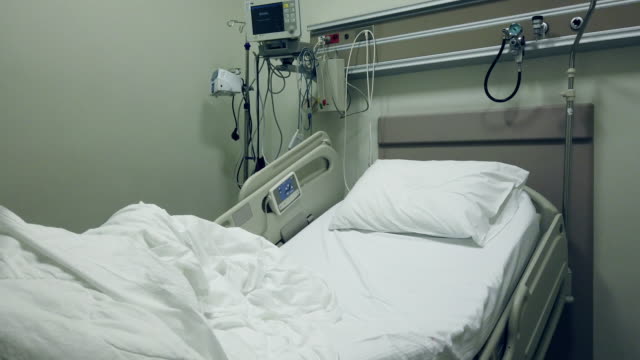The Ministry of Health (MOH) in Singapore has announced plans to strengthen the financial assistance and support available for palliative care patients. These changes, revealed during the launch of the 2023 National Strategy for Palliative Care, aim to improve affordability and capacity expansion in the palliative care sector. The revised subsidy framework guarantees a minimum subsidy of 50 percent for all Singaporeans, regardless of their household income. Additionally, the MediShield Life claim limits and drug/vaccine subsidies will be raised, further enhancing access to quality care.
Enhanced Subsidies and Claim Limits
Starting in the fourth quarter of 2024, subsidies for inpatient palliative care, home palliative care, and day hospice care will be increased. Under the new framework, all Singapore citizens will receive subsidies of at least 50 percent, with some patients benefitting from increases of up to 55 percentage points. Moreover, the MediShield Life claim limits for inpatient palliative care will be raised, providing higher coverage for general and specialized care.
Removal of MediSave Lifetime Withdrawal Limit
To ease financial burdens, the MOH will remove the MediSave lifetime withdrawal limit of S$2,500 for home palliative care and day hospice patients who utilize their own MediSave funds. However, the limit will still apply to patients using their family members’ MediSave accounts. These changes will be implemented in the first quarter of 2024, offering greater flexibility in utilizing MediSave for palliative care expenses.
Expanded Drug and Vaccine Subsidies
Currently, drug and vaccine subsidies are limited to lower- to middle-income households accessing long-term medical care services. The MOH plans to extend these subsidies to all patients of MOH-funded providers, ensuring a minimum subsidy of 50 percent, similar to public healthcare institutions. This will improve access to affordable drugs and vaccines, especially for homebound patients. The changes will commence in the fourth quarter of 2024, aligning subsidies across various care settings.
Addressing Capacity Constraints and Workforce Development
Recognizing the increasing demand for palliative care, the MOH aims to address capacity constraints by providing stronger financial support. As charity dollars become limited, palliative care providers struggle to meet growing demand. The ministry acknowledges the need to recruit and train more workers in the palliative care sector. Efforts will also be made to involve nursing homes, home care services, and family doctors in providing end-of-life care.
Care Transitions and Public Awareness
To ensure smooth care transitions and improve community engagement, the MOH will focus on facilitating the process from acute hospital care to palliative care, as well as transitions between different palliative settings. Public awareness campaigns will be intensified to highlight the benefits of advance care planning and encourage proactive discussions about end-of-life care preferences.
Conclusion
The revised subsidy framework, increased claim limits, and expanded support for palliative care in Singapore reflect the government’s commitment to enhancing accessibility and affordability in this critical healthcare sector. By addressing financial barriers, developing workforce capacity, and improving care coordination, Singapore aims to meet the growing needs of its aging population. These initiatives provide a foundation for comprehensive and compassionate end-of-life care, emphasizing the importance of patient-centered approaches and the well-being of both patients and their caregivers.











